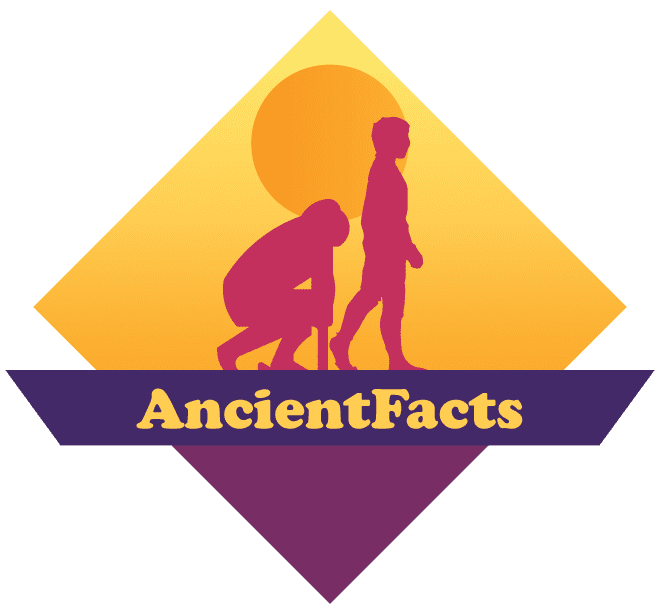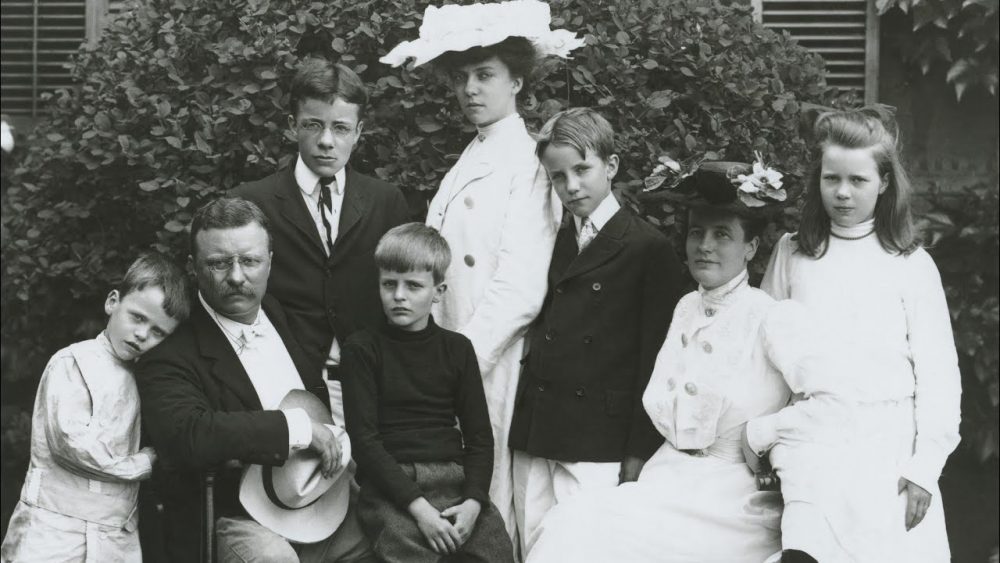Historical sites are of great importance as they bring us closer to understanding history and solving mysteries. In 2004, an unexpected incident happened in which construction workers in Norwich found skeletal remains of at least 17 bodies at the bottom of a well. Archaeologists were determined to find the identities of the human remains.
They searched historical documents, archaeological records, and ancient DNA and subsequently, these individuals were identified as Ashkenazi Jews. Archaeologists predicted that these Jews may have been a victim of antisemitic violence that occurred during the 12th century. Findings from the skeletal remains have been reported in the journal Current Biology as it sheds light on the Jewish medical conditions in Europe.
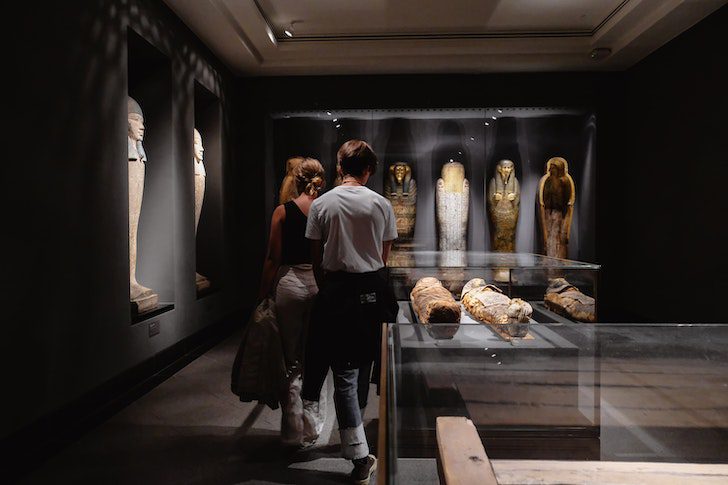
Shvets/Pexels | Skeletal remains help archaeologists find more about history.
Searching For Answers
Evolutionary geneticist and author Ian Barnes of the Natural History Museum of London says that it has been 12 years since they started searching for answers. They are trying to find the identity of these people. He further added that our job was to establish their identity on an ethnic level. Upon a thorough examination of the remains, it was discovered that they have the same genetic disorders as the modern-day Ashkenazi Jewish population and are at great risk. Genetic disorders that are common in a population tend to arise because of bottleneck events. Events where the population quickly reduces leave behind many people carrying the rare genetic mutation.
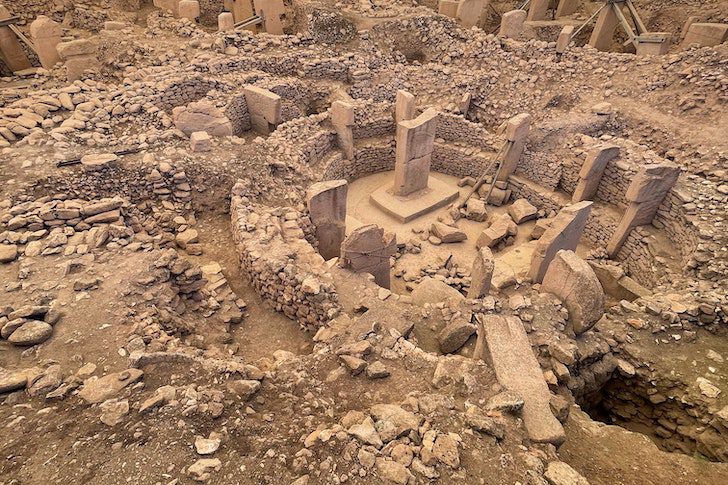
Recep/Pexels | Latest technological advancements have made it easier to solve the mysteries lying behind the remains.
Using computer simulations, the experts found out that the number of disease mutations is similar to what they might expect. had the disease been common now among Ashkenazi Jews. The results pointed to an event that occurred some 500 to 700 years ago. The bodies were found in odd positions and manners at the burial site. This may be because they were buried head first right after they died. Archaeologists identified six adults and eleven children from the skeletal remains that were found. The remains pointed toward mass problems such as famine, murder, and diseases. Radiocarbon helped the experts discover that the death occurred between the 12th and early 13th centuries.
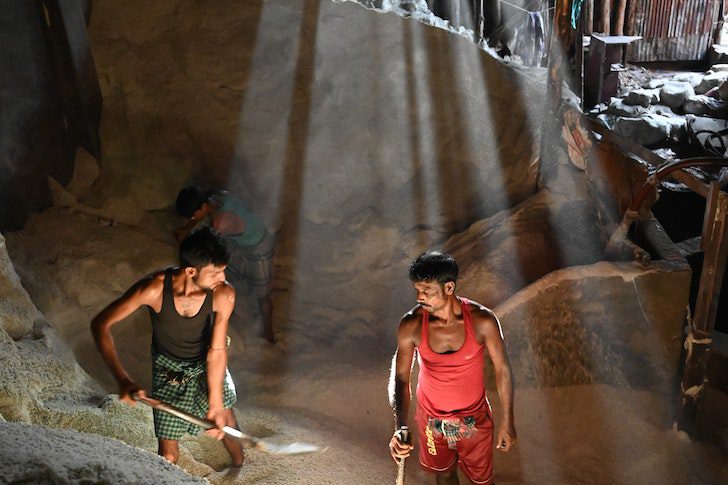
Mumtahgina/Pexels | Archaeological sites always help scientists make big discoveries.
Archaeologists were not convinced and needed more answers to find the cause of death and their past lives. They used technology to dig out the DNA of six skeletons from the burial site, which was decoded to find the humans' relations with each other. The results revealed that three of them were sibling sisters. Mark Thomas from the University of London was surprised that the initially-unidentified remains answered the question of when certain Jewish communities developed some genetic disorders. He also added that ancient Jewish DNA has never been analyzed before because of the prohibition in their religion to disturb graves. They did not know about this until they did genetic examinations.
After finding the true identity of the remains, the local community decided to show them some respect by arranging a formal Jewish burial. Experts involved in the process still don't know what caused the demise of the individuals.

